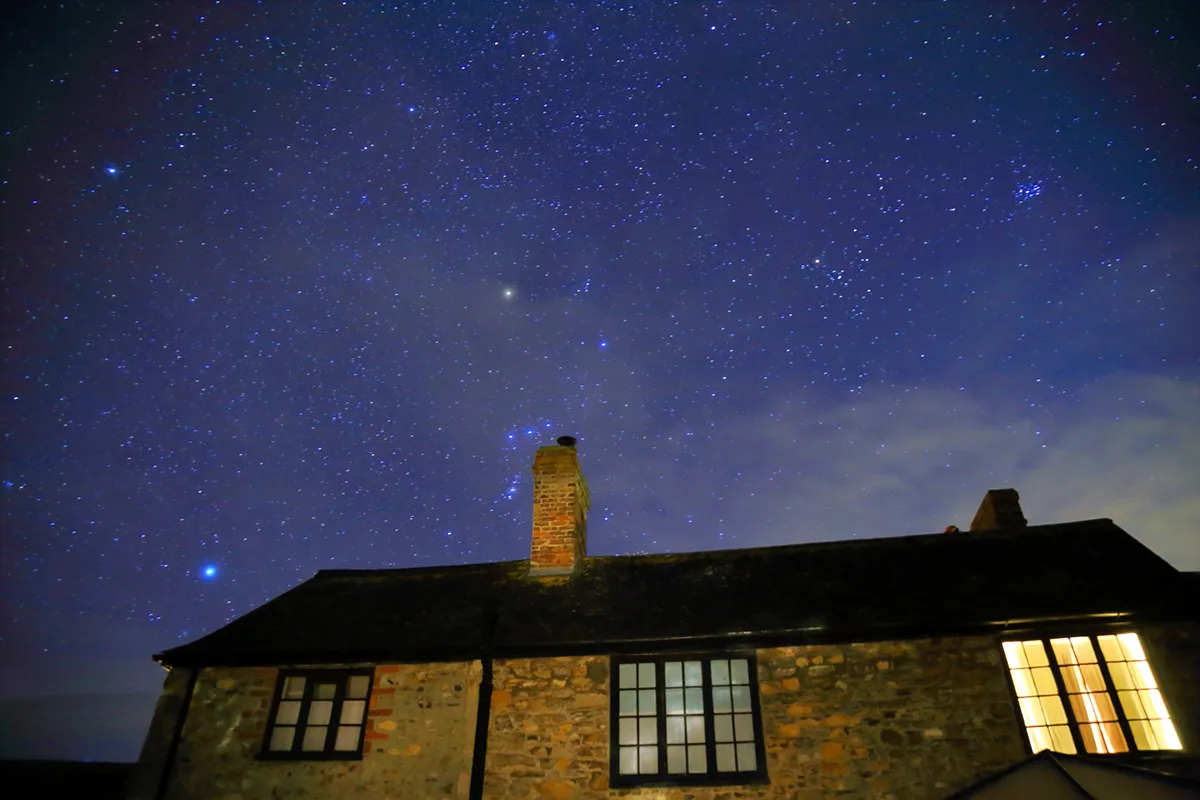When you look to the night sky over the course of a year, you’ll notice that it changes.
Constellations not only shift their position from night to night, but come and go as the seasons change.
Each season has its own sky, with its own prominent constellations – which is why Orion, for example, dominates the winter sky but is absent in summer.

These changes are entirely due to the motion of Earth and are nothing to do with the stars far out in space.
As Earth orbits the Sun, it moves around the host star by approximately one degree a day and at the same time is completing one rotation every 23 hours and 56 minutes.
This is why we see the constellations shift westwards by one degree each night and rise in the east four minutes earlier.

We can even see the effect of Earth's rotation within one evening.
Head out and find a bright star in the night sky, and remember its position relative to a terrestrial object like a lamp post or a distant tower.
Head outside again two hours later, stand in the same spot in your garden and you'll see that the star has appeared to move in the sky.
This apparent motion is often captured by astrophotographers by taking long exposure images known as star trails (which you can see in the image at the very top of this article).
And this movement of stars means it is possible to calculate the speed of Earth's rotation by observing the night sky.

Over the course of the year, whole constellations seem to come and go.
Other constellations close to the north celestial pole in the night sky are visible all year round, and these are known as circumpolar constellations.
What this all essentially means is that as Earth goes around the Sun spinning like a top, our view changes as we look out at different parts of the Universe at different times of the year.
This guide originally appeared in the June 2023 issue of BBC Sky at Night Magazine.

